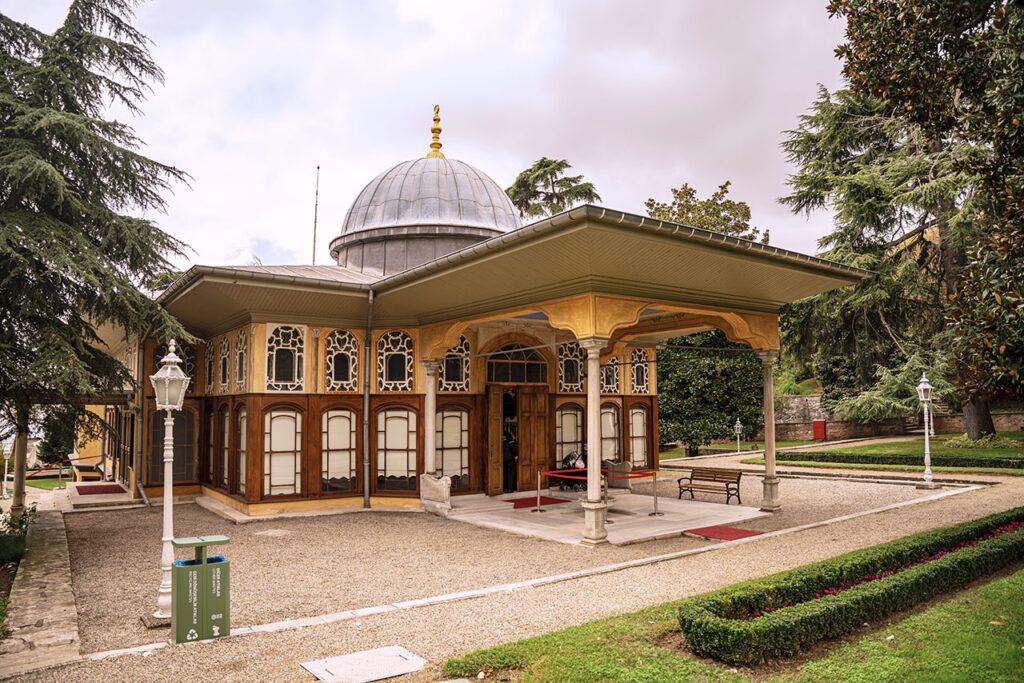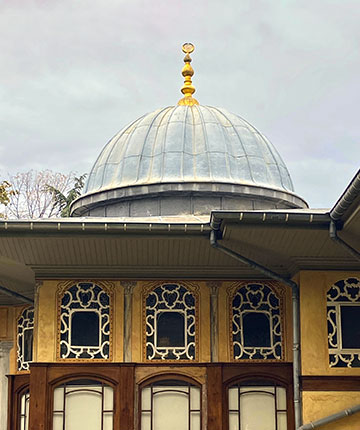Istanbul is home to numerous architectural gems that showcase the grandeur of the Ottoman era, and one such treasure is the Aynalikavak Pavilion, located on the shores of Haskoy in Beyoglu. This pavilion holds a history dating back to the Ottoman period and serves as a remarkable testament to the architectural brilliance of its time.
Originally, the Aynalıkavak Pavilion was nestled within an expansive woodland on the slopes of Okmeydanı when Istanbul was conquered. As time went by, the Hasköy and Beyoğlu shores gained importance, particularly due to the construction of shipyards, which led to this woodland being referred to as the Tersane Bahcesi, or Shipyard Garden.

During Selim I’s reign, Chief Admiral Kayserili Halil Paşa took notice of the Shipyard Garden. In 1613, while Ahmet I was in Edirne, he commanded the construction of Kasr-ı Âli, a palace befitting a sultan, within this garden. The initial structures of this palace were completed during that period.
Subsequent rulers like Murat IV and Sultan Ibrahim expanded upon these buildings. Unfortunately, during Mehmed IV’s reign, a fire ravaged through the palace, causing extensive damage and necessitating complete reconstruction. The entire palace complex, including the two-story Seraglio, could be seen from Beyoğlu. Various structures surrounded the Harem area, and in 1730, Hasbahçe Köşkü was added during repairs.

On occasion, Ahmed III resided in the Shipyard Garden, even staying there with his harem after a circumcision ceremony held at Okmeydani. Following the Ottoman-Venetian War of 1715, the Venetians gave Ahmed III large, priceless mirrors, which gave the palace even more significance. These mirrors were then placed in various halls and rooms of the Aynalikavak Pavilion.
By the end of the 18th century, during Abdulhamid I’s reign, the Aynalıkavak Pavilion had fallen into a state of disrepair. Devlet Giray IV later restored it, and it remained in his family’s possession until 1923.
Today, the Aynalikavak Pavilion stands as a captivating landmark along the Beyoglu shore with its intriguing history and architectural significance. It serves as a testament to Istanbul’s cultural and historical depth, attracting visitors who are eager to catch a glimpse of the opulent past of the Ottoman Empire.
Cover photo (retouched) by Beyza Yılmaz

